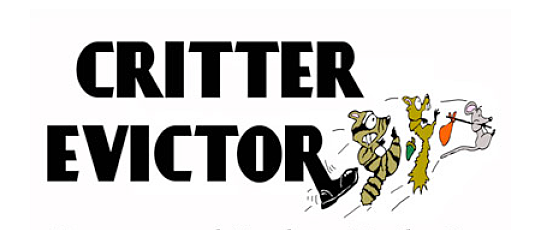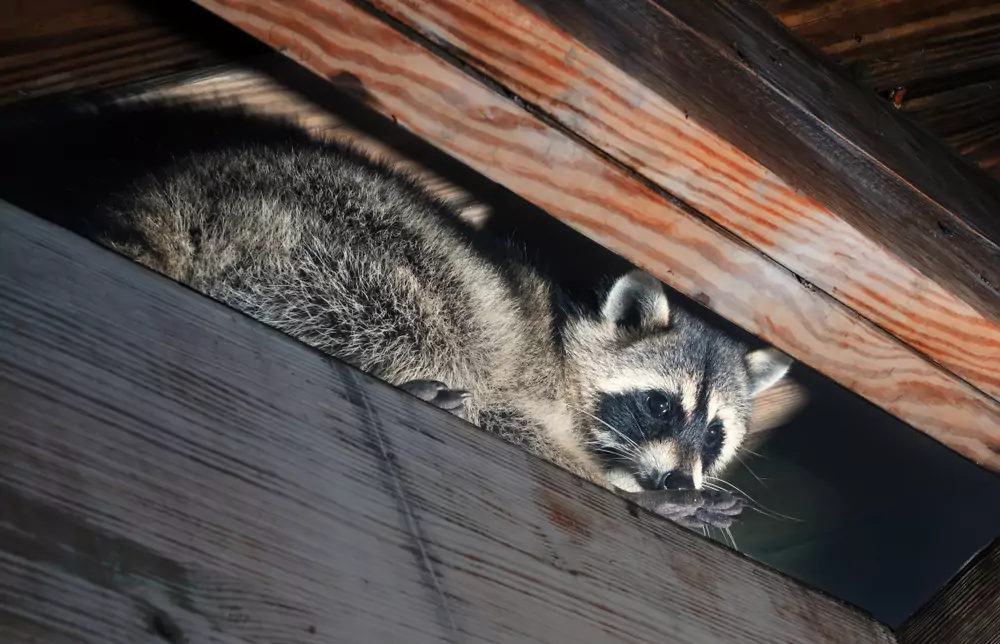Ever wonder why your attic becomes the neighborhood raccoon hangout? Or why squirrels seem to prefer your soffits over your neighbor’s? Wildlife doesn’t randomly invade homes. Their choices are driven by instinct, opportunity, and subtle environmental cues. Understanding why animals choose your home is key to protecting it.
Instinctive Behavior: Survival First
Wild animals are driven by basic survival needs: food, water, shelter, and safety. When natural environments are disrupted or when suburban development overlaps their habitats, they turn to human structures. Homes offer warmth in winter, protection from predators, and in many cases, a safe space for nesting or raising young. Spring and fall are peak seasons for movement as animals search for birthing spots or prepare for seasonal changes.
In South Texas neighborhoods like San Antonio, wildlife like raccoons, bats, and squirrels are frequent visitors to residential areas, especially during seasonal shifts.
Common Entry Points – By the Numbers
Not all entry points are created equal. Specific species have evolved to look for particular structural weaknesses:
- Raccoons love uncapped chimneys, roofline intersections, and loose shingles.
- Squirrels target soffit gaps and vents, especially near trees.
- Bats need only a 1/2-inch gap, often around eaves or behind fascia boards.
- Rodents can squeeze through holes the size of a quarter and often chew their way in through vents, siding, or foundation gaps.
Even the smallest hole can serve as a front door to wildlife.
Scent Trails and Pheromones
What’s invisible to you is a billboard to animals. When a raccoon or rodent claims part of your home, it leaves behind pheromones, feces, and urine, all of which signal to other animals that your home is a suitable habitat. This is one reason infestations can return even after removal.
Material Science: Why Chewing Happens
Rodents’ teeth never stop growing, which means gnawing is a necessity. Electrical wiring, wood framing, vinyl siding, and even rubber weather seals become targets. It’s not just about gaining access; it’s about maintaining dental health. The softer and more pliable the material, the easier it is for them to get in.
Energy Efficiency & Wildlife Risk
Ironically, poor insulation or air sealing can make your home a beacon for wildlife. Heat escaping from attics or crawlspaces during winter can attract cold animals seeking warmth. Thermal imaging often reveals that “hot zones” in your home align perfectly with critter access points.
Human Behavior as a Factor
Unsecured trash bins, pet food left outdoors, and bird feeders can attract wildlife to your yard. Once nearby, they begin exploring potential shelters. Landscaping features like ivy, tree limbs near the roof, or woodpiles also provide the perfect pathways to your attic or crawlspace.
Conclusion: Prevention Is Science Too
Understanding how and why animals pick certain homes allows for more targeted and effective prevention. It’s not just about plugging holes’s about anticipating behavior. That’s where local knowledge and hands-on experience matter. For years, the team at Critter Evictor has studied these wildlife entry patterns in the San Antonio area and helped homeowners take smarter steps to stay wildlife-free.
If you’ve seen signs of animal activity or just want peace of mind heading into a new season, schedule a home evaluation. A few smart adjustments today could prevent bigger problems tomorrow.
Frequently Asked Questions
Q: What are the most common signs of wildlife in your attic?
A: Scratching noises at night, droppings, foul odors, and visible damage near vents or rooflines are all key indicators.
Q: How do I keep animals out of my attic in San Antonio?
A: Trim back trees, secure garbage bins, and seal gaps around the roof and siding. Professional inspections can identify hidden vulnerabilities.
Q: Is it safe to remove animals on your own?
A: DIY methods can be risky and often illegal. It’s safer and more effective to call a licensed wildlife removal service like Critter Evictor.
Think your home may be sending the wrong signals to local wildlife? Contact Critter Evictor today for a professional inspection. Let’s keep the wild outside where it belongs.



 |
|